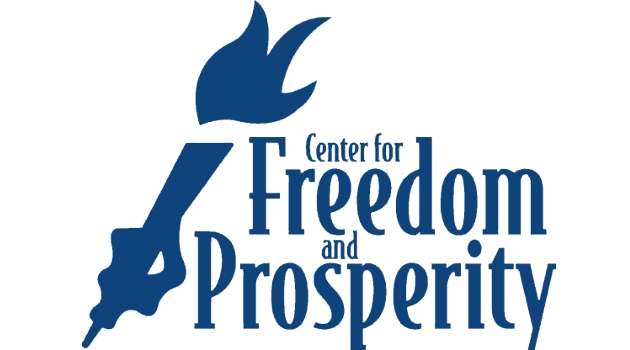I don’t agree with all the points in this column from Real Clear Markets, but I fully agree with the overall theme that the GOP would be wise to cut Bush out of the Party’s history. Like Nixon, he was a failed, big-government statist.
The sour economy is presenting Republicans with a golden opportunity to retake both houses of Congress. The Democrats will try to defend their seats by attacking Bush’s record on the economy. Republican candidates should counter this move by acknowledging the economic errors made during the Bush years. This will help restore the credibility of the Republican brand with respect to the economy and free up the candidates to move on to what really matters-the future.
…Was Bush 43 the worst post-1952 president in terms of the economy? No, he was the second-worst. Jimmy Carter managed to drive the Real Dow down by 78% in just four years, 1976-1980. If considered as one presidency, Nixon/Ford was the third-worst…
So, what were the mistakes that made Bush 43 the second-worst president since 1952 with respect to the economy?
The biggest single economic error Bush made was his “weak dollar” policy. While the president has no direct control over monetary policy, it is said that a president always gets the monetary policy he wants. Bush (and his Treasury Secretaries) wanted a weak dollar, and they got one. The dollar lost 69% of its value against gold during the Bush years. This accounted for almost 80% of the decline in the Real Dow during his presidency.
The unstable dollar during the Bush years was the root cause of the financial crisis of 2008. The dollar fell almost continuously during the first seven years of his term. By February 2008, it had lost 72% of its value.
…The third biggest economic error under Bush was the design of the 2001 tax cuts, which phased in the reductions in the top income tax rate over 5 years. As we learned in 1981-1982, phased-in tax cuts guarantee economic sluggishness, because people defer income until the lower rates take effect. The result was a “jobless recovery”, slow growth, and escalating deficits. The 2001 tax cuts also wasted $58 billion on futile Keynesian “stimulus”, an error that Bush was to repeat in 2008.
If Bush had gotten his 2001 tax cuts right, and economic growth in fiscal years 2002 and 2003 had averaged 3.5% instead of 1.6%, the “Bush deficits” would have peaked at 2.5% of GDP in FY2004, rather than at 3.5%. A continuation of 3.5% real growth would have put the budget in surplus by FY2007, despite the massive spending.
…Because the Democrats have “doubled down” on Bush’s economic errors, Democrat-held House and Senate seats are ripe for the picking. During the first 18 months of the Obama administration (i.e., through June, 2010), the Real Dow fell by another 11% to 7.86, which was the level of June 1952. After 16 months of massive government “stimulus”, total employment in June 2010 was 6.0 million below what the administration predicted it would be if the stimulus bill passed, and 3.2 million lower than they said it would be if the stimulus bill didn’t pass. If the labor force participation rate had not unexpectedly declined, June’s unemployment rate would have been reported at 11%.

